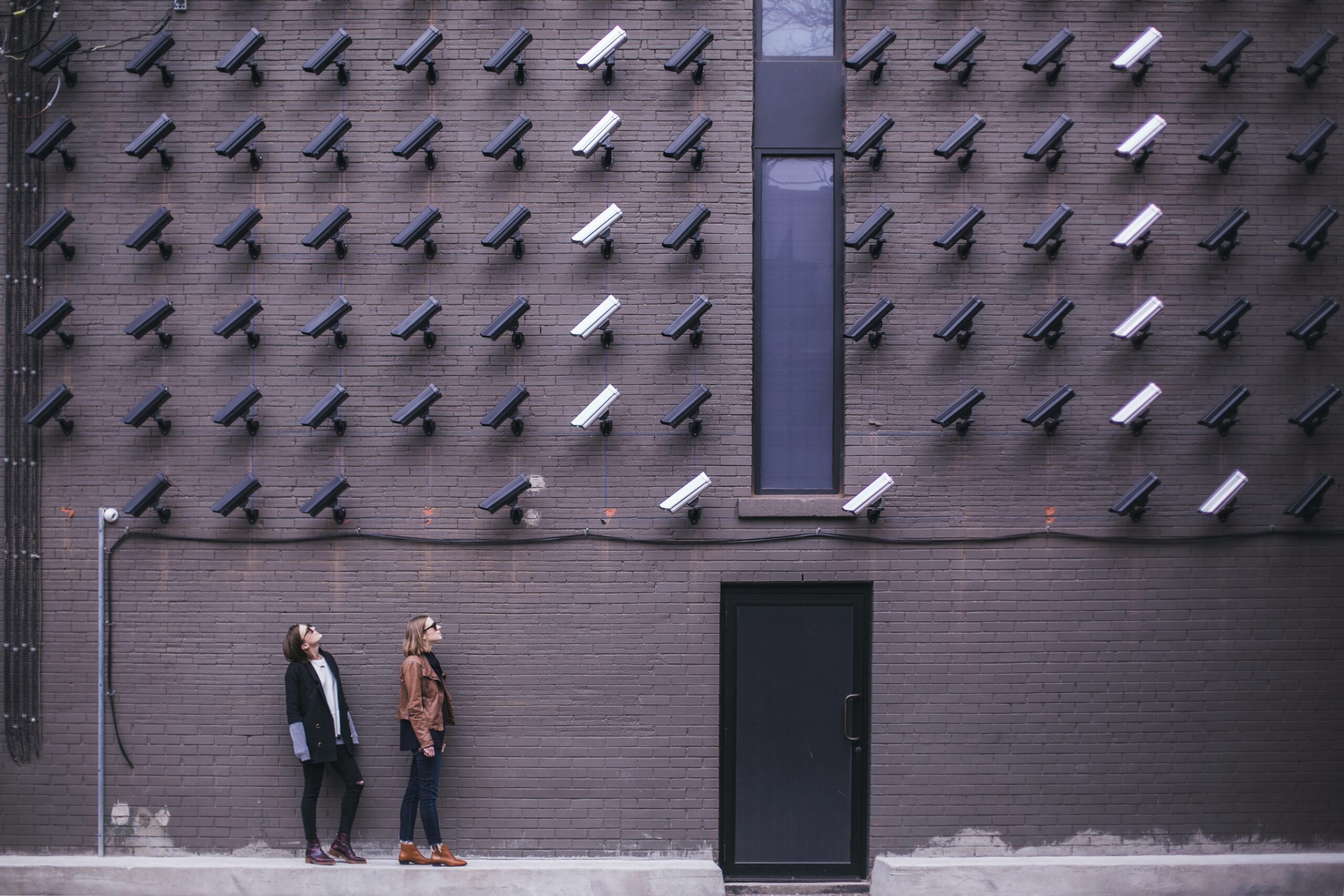More and more applications of artificial intelligence are popping up everywhere these days, from Internet browsing to smart homes to self-driving cars.
Today a group of researchers is launching a new study driven by artificial intelligence that will collect data from newly released prisoners. The ultimate goal of the project is to identify (and hopefully one day eliminate) the psychological and physiological triggers that cause the “relapse” that returns inmates to prison.
An AI to reduce recidivism
The researchers of Purdue University Polytechnic Institute they plan to track volunteers' probation cases using a variety of AI-based tools and methods, including smartphones and wearable biometric wristbands. These gadgets will record and analyze a variety of data, such as ex-prisoners' biological information (heart rate), photos and location metadata.
According to the project managers Marcus Rogers e Umit Karabiyik, the resulting data will be very useful for conducting a serious forensic psychological analysis.

Although the monitoring will be measured at intervals (and not in real time for ethical reasons), researchers believe it will help build a profile of risky behaviors and triggers and stressors. In other words, the factors that newly released inmates face when returning to the outside world.
Citing a Department of Justice study, researchers say that more than 80% of prisoners released from prisons are rearrested within 9 years. A good part of these, in turn, are arrested in less than a year.
Karabiyik notes, “The main reason recidivism is so high is that people on probation don't feel like they belong in the community. They struggle and quickly return to their old criminal habits. Their old criminal communities are considered much more welcoming.”
The study will enroll 250 volunteers on probation (after obtaining consent from their families) after their release. Half of them will receive biometric tracking devices, which will monitor them for 4 years. The other half will serve as a control group.
The goal of the study is to identify early intervention opportunities to better help individuals successfully integrate into general society
Marcus Rogers, co-author of the study
A Big Brother jailer?
The team believes the technology can be used to inculcate coping mechanisms and social skills for released prisoners, reducing the number of relapses and preventing the attitudes that can lead to relapses.

This isn't the first time that an academic team has used electronic surveillance to monitor inmates. In 2017, criminology researchers used smartphones to track released prisoners. Particularly those who were struggling with substance abuse or mental health issues. They used algorithms to study everything from parole movements to sleep patterns, hoping that such technology might one day allow social workers to intervene.
Are new research projects on surveillance and artificial intelligence a useful scientific collection of data? Could they ultimately help parolees?
Or are they a panopticon-like surveillance application that could end up solely in the hands of law enforcement?
The path is delicate. While the project has a certain altruistic resonance, such applications could end up being abused.


